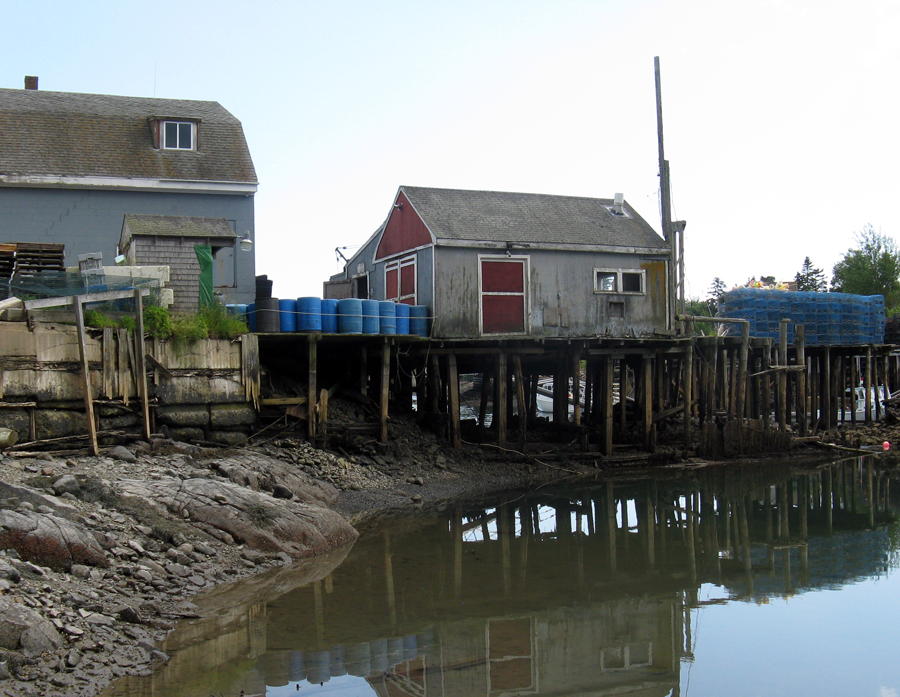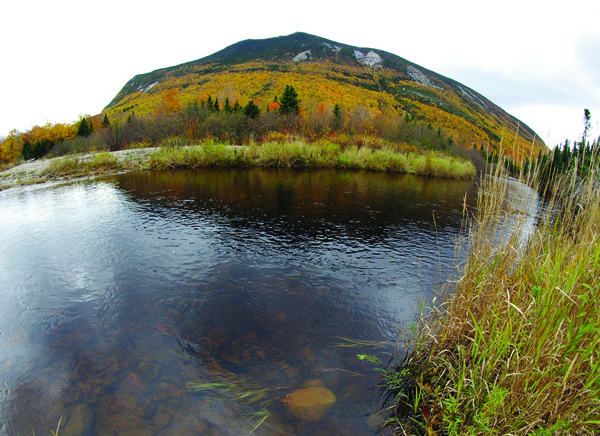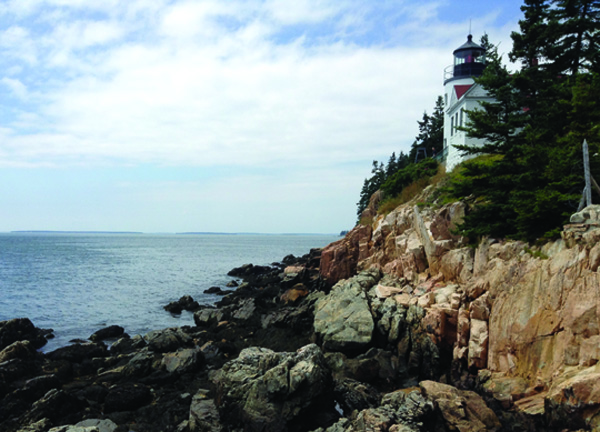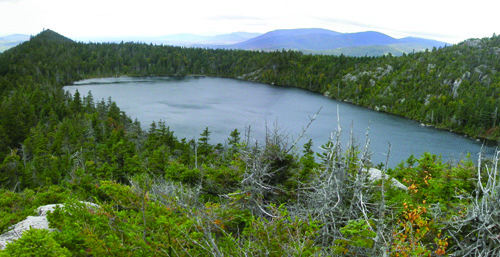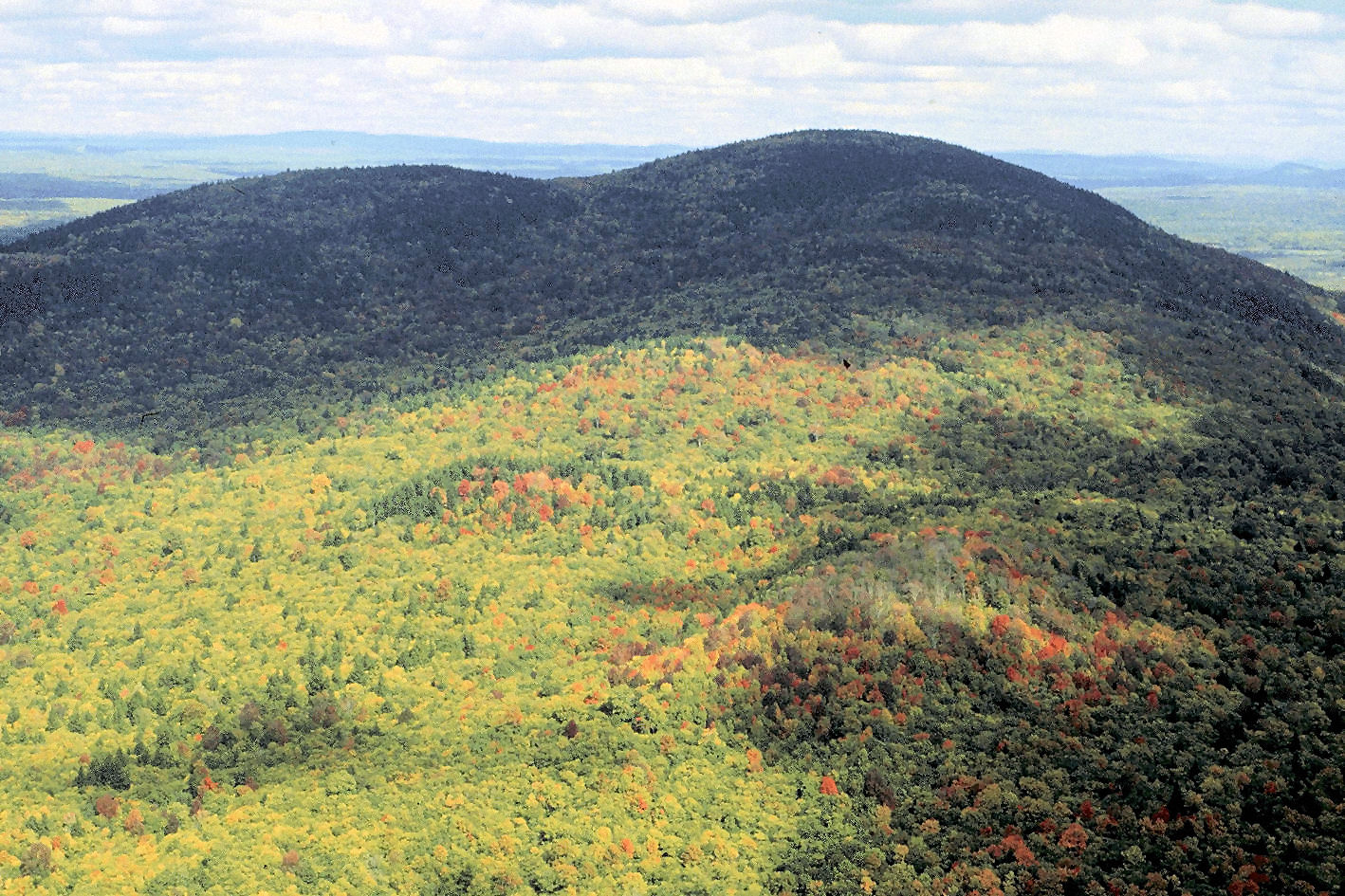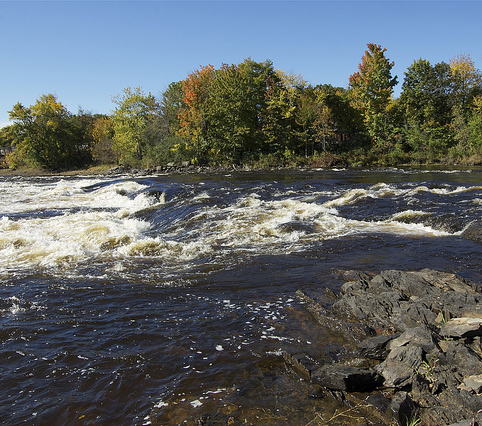Community health and resilience
Maine faces a wide range of economic development challenges, such as supporting entrepreneurship and small business development, workforce development issues, strengthening the retail sectors of communities around the state, and identifying sectors for cluster enhancement. These issues are important to state and local policymakers, economic development officials and practitioners, and Maine businesses and workers. This […]
Read more
